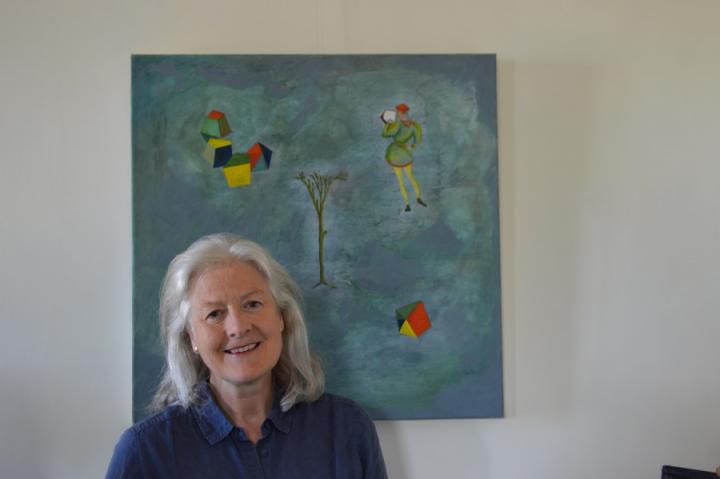Q&A with Short Courses with Food History Teaching Fellow Lucinda Byatt
Teaching Fellow Lucinda Byatt tells us why you should take her History Short Course ‘Food & Society in Early Modern Europe’.
We spoke to Short Courses History Teaching Fellow Lucinda Byatt about her 10-week credit course ‘Food & Society in Early Modern Europe’ starting next week.

1. Hi Lucinda! Can you tell us some of the main topics that your course covers?
The course will explore the role of food in a number of societies, at different levels and at different moments, between c. 1450 and 1750. The focus will be Italy, but we will also discuss a few other countries (France, England, Scotland and Germany).
The sort of issues we will discuss include age-old clichés like how food reflects power. We’ll also ask how diet was influenced by the availability of food (and its prices), and what were the links between food and religion?
2. Which part of the course do students tend to enjoy the most?
During previous courses, some students have enjoyed a hands-on approach by taking inspiration from historical recipes. Insights into the complexity of food preparation and service in 16th century Rome, for example, was also a highlight.
Similarly, students have enjoyed looking at how the food eaten was closely tied to the farming year and how limited, yet well established the opportunities for preservation were.
3. How will the course be of a similar standard remotely to on-campus teaching?
I hope that the amply illustrated lectures will still be an informative part of the course even though they will now be partly pre-recorded. One benefit is that students can watch (re-watch) them at times that suit them.
Even though we can’t have live tastings, if anyone is prepared to share pictures of historical dishes they’ve made and discuss the recipes, I would be delighted!
4. In terms of opportunities for discussion, how will the course be similar to on-campus teaching?
There will still be plenty of opportunity for discussion. This will take place during the times that the class is ‘live’ together and we can discuss readings and sources together. Alternatively, and depending on numbers, students will be able to work in smaller groups. There will be chance for informal chat as well and I hope this will make the online course feel somewhat similar to attending in person.
Students can always ask questions during the live sessions, either by ‘raising a hand’ or asking a question in the chat. You can also be invited to turn on your microphone and speak to the class as a whole.
5. In terms of workload, about how many hours a week will students be expected to put in? What sort of support will be available to them?
The course has a relatively light reading list – although this can be expanded by further reading for research or essay writing. For each week, I estimate that students will gain most from the course if they prepare by reading the detailed handout and one or two of the recommended readings for the week. This might take between 1 and 2 hours.
The course delivery is 2 hours per week. Therefore, the weekly commitment is approximately 3-4 hours.
Food provenance, eating for good health, food taboos, food heritage, and food security are issues that still concern us and looking at previous societies and cultures may help to shed light on possible solution.
There are still spaces left for Lucinda's food history course in Term 1 and classes will take place via the online platform Collaborate. The booking deadline is tonight at midnight, so hurry!

